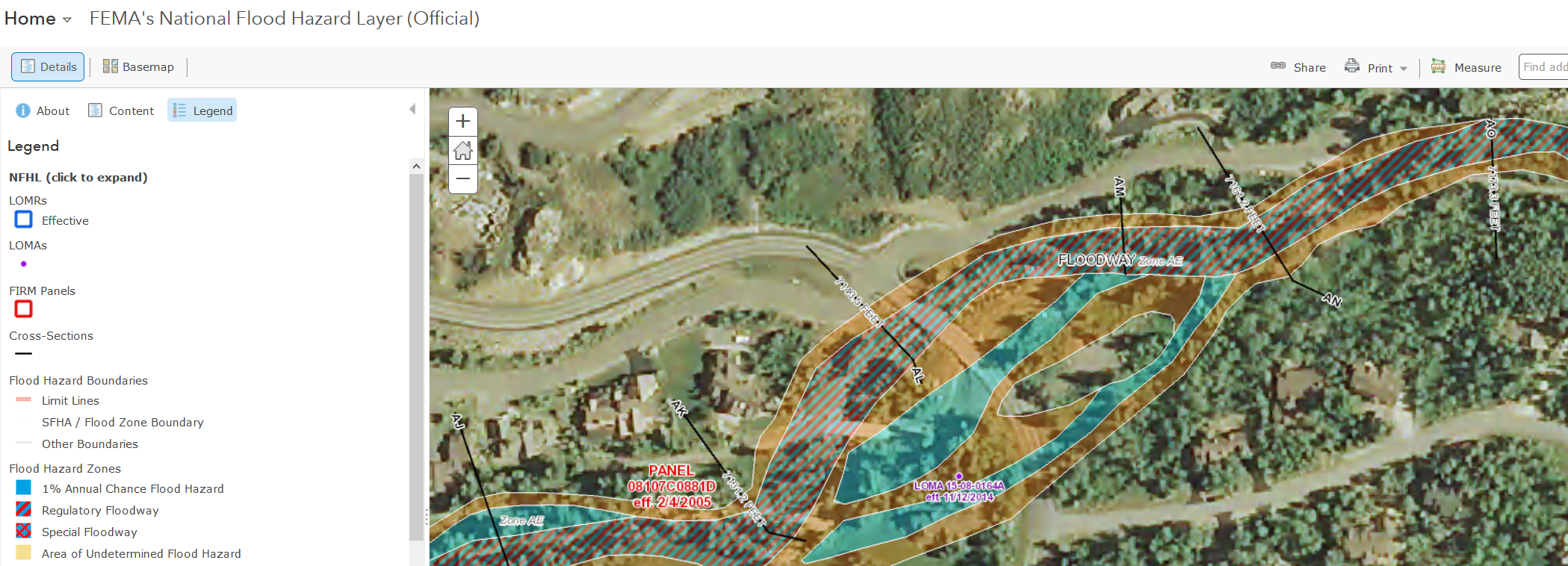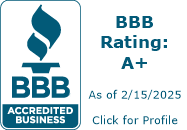One home in Houston valued at 115k flooded 16 times in 18 years netting the homeowner 800k! Did you know that in highly damaged areas in Houston only 15% of property owners had flood insurance! How does Houston impact every real estate owner and taxpayer? Could the situation we are witnessing be prevented easily? What do you need to know about flood insurance? What is the solution so we don’t have such egregious usage of federal flood insurance!
The entire situation in Houston is a tragedy. From the loss of life to utter destruction of property. Long lasting impacts will be felt for years to come.
First, what happened? As a society, we can debate about global warming bringing more “super storms” or whether we are just in a more “active cycle”. At the end of the day, it doesn’t matter. The real cause of the “catastrophe” in Houston is very simple. There are more people and therefore more houses, roads, etc… in flood prone areas. This is a shear probability game.
Global warming has to be the answer! Unfortunately, the temperature is not changing fast enough to explain the rapid rise in property loss:
“All seven of the billion-dollar floods in American history have made landfall in the 21st century, and Harvey will be the eighth. Experts believe the main culprit is the explosive growth of low-lying riverine and coastal development”
As more houses are built, less porous surfaces are utilized. For example, there are more roads, roofs, etc… Regardless of whether global warming is the cause, at the end of the day, water must go somewhere. Think of a bathtub with non-porous surfaces, the water when the tub is filled stays in the tub. If you got out back and dig a hole in your lawn and fill it with water, the water will eventually dissipate. This same principle is happening in cities like Houston further exacerbating the loss from every storm.
So why is the federal government at fault. Currently the federal government is the lead underwriter of flood insurance policies throughout the country. The rates on flood insurance come nowhere close to covering the losses the insurance program realizes. For example: “The report, titled “Higher Ground,” crunched federal data to show that just 2 percent of the program’s insured properties were receiving 40 percent of its damage claims. The most egregious example was a home that had flooded 16 times in 18 years, netting its owners more than $800,000 even though it was valued at less than $115,000. “ (source politico magazine) The insurance fund runs billions of dollars in losses that are subsequently picked up by taxpayers. What business can run billion dollar losses and stay in business?
What does this mean? The federal government is subsidizing “high risk” areas. They are transferring the risk from property owners to taxpayers throughout the country. How is this different from “market based” insurance. For example, I owned a property West of Denver Colorado in the foothills. Our property was in a high wildland fire risk area. The insurance company raised our rates substantially (and many other were dropped altogether) and at the same time specified requirements to minimize fire damage (tree spacing, defensible space, shrubbery, etc…). In essence, the market forced me to not only pay higher rates but also take steps in order to mitigate future losses.
What is flood insurance? Flood insurance is a federally funded program to protect property owners in flood prone areas. Basically, your property insurance will not reimburse a property owner for any water entering from outside the structure. For example, you might have state farm insurance and live in Houston. If your house got flooded, State farm would deny your claim since it did not cover water entering from outside the property.
What happens without flood insurance? The vast majority of flooded properties in and around Houston had no flood insurance. Without flood insurance, property owners are on the hook for the damage caused be the event. This will no doubt financially ruin thousands of property owners as they likely do not have the cash to fully rebuild.
What happens if you have flood insurance? You still might have issues. There are limits on the amount of coverage the flood insurance program will allow. For a residential property, the current maximum is 250k and 500k for a non-residential property. What if you had a million-dollar home that was flooded and became a total loss? You would be out 750k!
Why is the Houston event so costly? Many of the areas impacted by the flood had no building codes which meant you could build however you wanted. In other states, building codes require min standards for foundations, framing, roofing materials, siding, etc… to minimize risks from various disasters (fire, flood, earthquakes, tornados, etc…). This is not the case in most of Texas and therefore the vast majority of homes did not meet even minimum requirements and therefore substantially more prone to loss when an event occurred. This is further amplified by the substantial increase in impervious surfaces (note the bathtub example) and shear number of new residents to the area. This is not the first flooding even to hit the area. Check out this tool on Fema to see by county the number of events: https://www.fema.gov/data-visualization-floods-data-visualization
What should you do? Even if you are not in a coastal area. Flooding is a very destructive event that is typically not covered by your insurance. See if you are in a flood hazard area or close to one. Fema has developed a mapping program that can show the flood zones based on a particular address (https://www.fema.gov/data-visualization-floods-data-visualization ).
Should you have flood insurance if you aren’t in a flood zone? Although I advise everyone to check a flood map before purchasing a property, the flood map is not all encompassing. The maps are dated and typically not updated until a flood occurs which will not help you if you have no flood insurance. The rule of thumb is to look to see if there are any bodies of water nearby (even dry creek beds or small trickling streams). I have seen many cases of properties at 10k feet elevation in the Colorado mountains that had a bubbling brook nearby turn into a raging torrent that wiped out neighborhoods. Take a look at the flood map below of an area in Steamboat Springs, CO it shows a row of houses outside the flood zone. I walked the area and can almost guarantee this area will flood at some point (it looks like it has sometime in the past). If in doubt go ahead and get flood insurance to protect your property.

The solution is simple! A market based approach needs to be used. There are two possibilities.
- Basically allocated the fema budget for flood related items to each state then let the states decide how they want to insure their population
- Go to a full market based approach with private companies offering flood insurance
Either of these options would solve the current crisis by properly allocating risk and ultimately changing behavior. The government is not the solution to the problem, it is the problem!
We are just at the beginning of the flood crisis as more properties are located in the path of destruction. Without a reallocation of risk, we are in serious trouble as a nation as subsidies of high risk areas skyrocket for all taxpayers.
Resources/Additional reading on the flood crisis
- How Washington made Harvey worse: http://www.politico.com/magazine/story/2017/08/29/a-storm-made-in-washington-215549
- Love of coastal living driving up disaster funding: https://www.bloomberg.com/news/articles/2017-08-31/love-of-coastal-living-is-draining-u-s-disaster-funds
- Fema flood insurance program: https://www.fema.gov/national-flood-insurance-program
- Fema flood maps: https://www.fema.gov/data-visualization-floods-data-visualization
- Future Hurricanes are only going to get worse: https://www.bloomberg.com/news/articles/2017-08-31/future-hurricanes-will-be-worse-than-harvey
- All state guide to flood insurance: https://www.allstate.com/home-insurance/flood-insurance-coverage-options.aspx
- Many Texans without flood insurance: http://abcnews.go.com/US/texans-flood-insurance-harvey-hammering-gulf-coast/story?id=49491944
- How to make 500 year storms happen every year: https://www.bloomberg.com/view/articles/2017-08-29/how-to-make-500-year-storms-happen-every-year
Written by Glen Weinberg, COO/ VP Fairview Commercial Lending. Glen has been published as an expert in hard money lending, real estate valuation, financing, and various other real estate topics in the Colorado Real Estate Journal, the CO Biz Magazine, The Denver Post, The Scotsman mortgage broker guide, Mortgage Professional America and various other national publications.
Fairview is a hard money lender specializing in private money loans / non-bank real estate loans in Georgia, Colorado, Illinois, and Florida. They are recognized in the industry as the leader in hard money lending with no upfront fees or any other games. Learn more about Hard Money Lending through our free Hard Money Guide. To get started on a loan all they need is their simple one page application (no upfront fees or other games).

